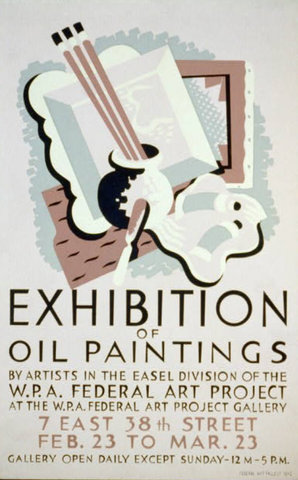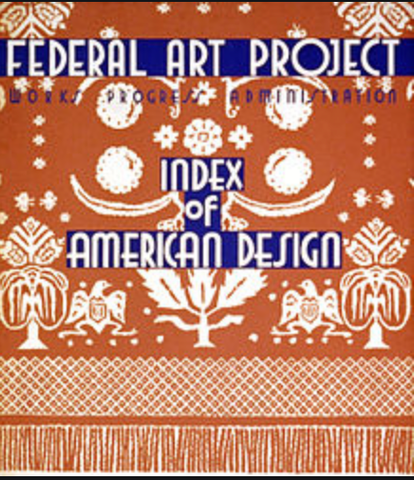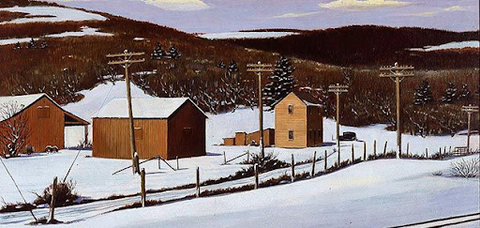I hope you’ve had a good week. As I’m writing this, I can glance out to the most majestic view of the ocean. My family has been on the Outer Banks of North Carolina for the last week or so, which has been a much needed and beautiful respite. There is a sense of comforting continuity from visiting a place where I took my earliest steps, played with my cousins as a child and tween and spent time with my aunts, uncles and grandparents.
On my daily walks, I make a point to stop and take in my favorite house, which is built in the classic Nags Head architectural style, with shingles and an expansive, wrap-around porch. Every time I pass it, the house captures my imagination.

The Buchanan Cottage, Nags Head, NC
photo: Suzanne Miller
I read up on its history this week and learned that Franklin Delano Roosevelt had dinner there in 1937 before taking in the famous “Lost Colony” play. In fact, the chair in which he sat is still in the house. At the time of his visit in August of that year, the economy had taken a sharp nose dive a few months earlier and unemployment was beginning to climb rapidly. Sound familiar?
Historians say FDR came to this remote part of North Carolina (apparently a logistical nightmare) to highlight the work of the New Deal programs; the dunes on the island had been shored up by the Civilian Conservation Corp (CCC) and the play he came to view was a recipient of funds from the Works Progress Administration.
Given that the time in which we’re currently living is constantly being compared to the Great Depression (at least in economic terms), I’ve been reading up more on FDR and his public programs. My grandparents were ‘New Dealers,’ both of my parents were born during his historically lengthy tenure and I’ve been curious at how FDR’s New Deal programs helped the country get back on its feet economically.
When the WPA was established its director Harry L. Hopkins and his staff argued that writers, artists, musicians and theatre people were out of work as well as laborers and farmers and persuaded Congress to agree to allocate seven percent of WPA funding to employ those groups.
The agency established more than 100 community art centers throughout the country, researched and documented American design, commissioned a significant body of public art without restriction to content or subject matter, and sustained some 10,000 artists and craft workers during the Great Depression. What resulted was a sort of cultural revolution due to the proliferation of works produced in that era due to the demand for public art, theater and written work.
Talk about a silver lining!
This week, we’re again focusing on the visuals in this very noisy time. We’ve combed through the masses of artwork from the WPA era and think you’ll enjoy and appreciate how the posters were designed to encourage, educate and entertain American citizens during a very dark time. We’ve also curated some works from artists who thrived during that time due to the fact they could focus on their art without worrying of how they would put food on the table.
I hope this leaves you with a sense that, like my grandparents, we can draw on our resilience and use our creativity for a new cultural revolution.
Have a great weekend.
Suzanne






























Thank you — I loved looking through these as I sipped my morning coffee!!!
I enjoyed your article, Suzanne. Here’s to silver linings! Stay healthy and enjoy your time in NC! xox